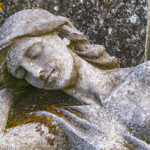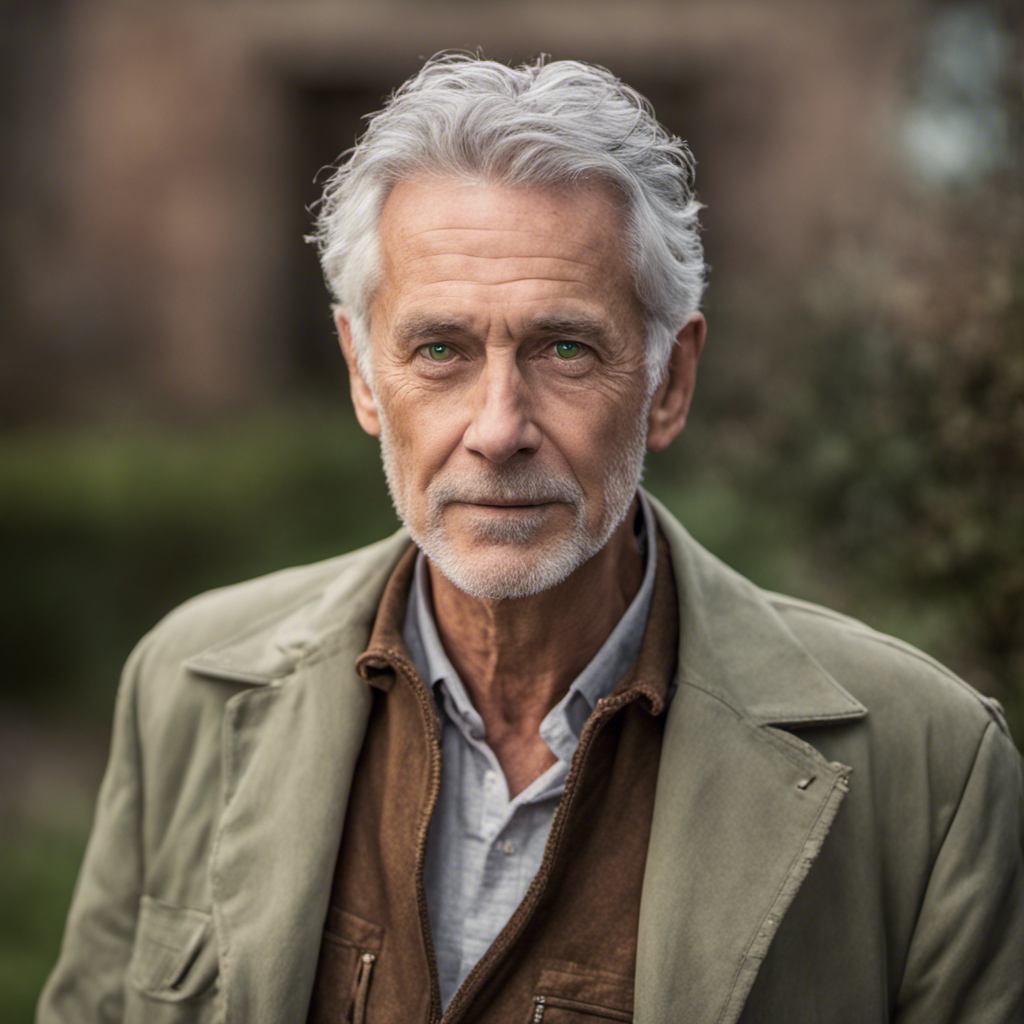Pacific Coast Memorials: Honoring the Past, Inspiring the Future
The Pacific Coast of the United States is home to some of the most breathtaking landscapes in the world. From the rugged cliffs of Big Sur to the sandy beaches of Malibu, this stretch of coastline has captivated visitors for centuries. But beyond its natural beauty, the Pacific Coast is also a repository of history, with numerous memorials dedicated to honoring those who have shaped the region and left a lasting impact.
The Golden Gate Bridge: A Symbol of Engineering Marvel
One of the most iconic landmarks on the Pacific Coast is the Golden Gate Bridge in San Francisco, California. Spanning 1.7 miles across the Golden Gate Strait, this suspension bridge is not only a testament to human ingenuity but also serves as a memorial to the thousands of workers who contributed to its construction. As I stood on the bridge, feeling the gentle sway beneath my feet, I couldn’t help but be in awe of the sheer magnitude of this engineering marvel.
Pearl Harbor Remembrance: A Tribute to Courage and Sacrifice
Moving down the coast to Honolulu, Hawaii, we encounter another significant memorial: the Pearl Harbor Remembrance. This solemn site commemorates the lives lost during the infamous attack on December 7, 1941, which propelled the United States into World War II. As I walked through the memorial’s peaceful grounds, I couldn’t help but feel a deep sense of gratitude for the bravery and sacrifice of those who served and perished that day.
The Vietnam Veterans Memorial: Healing and Remembering
Further south, in Long Beach, California, lies the Vietnam Veterans Memorial. This somber memorial pays tribute to the 5,822 Californians who lost their lives during the Vietnam War. As I read the names etched into the black granite walls, I was reminded of the immense toll war takes on individuals and communities. The memorial serves as a place of healing for veterans and their families, offering solace and a sense of closure.
Honoring Indigenous Cultures: Native American Memorials
As we continue our journey along the Pacific Coast, it is crucial to acknowledge and honor the indigenous peoples who have inhabited these lands for thousands of years. From the Makah Tribe in Washington to the Chumash Tribe in California, there are numerous memorials dedicated to preserving and celebrating Native American cultures. These memorials serve as a reminder of the importance of respecting and valuing the rich heritage of the original inhabitants of this region.
A Beacon of Hope: The AIDS Memorial Quilt
In San Francisco, we find a unique memorial that has touched the lives of countless individuals affected by the AIDS epidemic: the AIDS Memorial Quilt. This massive quilt, consisting of thousands of individual panels, honors those who have lost their lives to the disease. Each panel represents a unique story, a person remembered and cherished. As I walked among the panels, I was struck by the power of collective remembrance and the importance of compassion and support for those affected by HIV/AIDS.
In summary, Pacific Coast memorials offer a poignant way to connect with history, pay tribute to the past, and inspire future generations. These memorials are not mere structures; they are living reminders of courage, sacrifice, and resilience. They serve as a bridge between the past and the present, reminding us of the lessons learned and the progress yet to be made.
Important points to remember about Pacific Coast memorials:
As we visit these memorials, let us remember the stories they tell and the significance they hold. They are not just tourist attractions but sacred spaces that encourage reflection, empathy, and a commitment to a better future.













